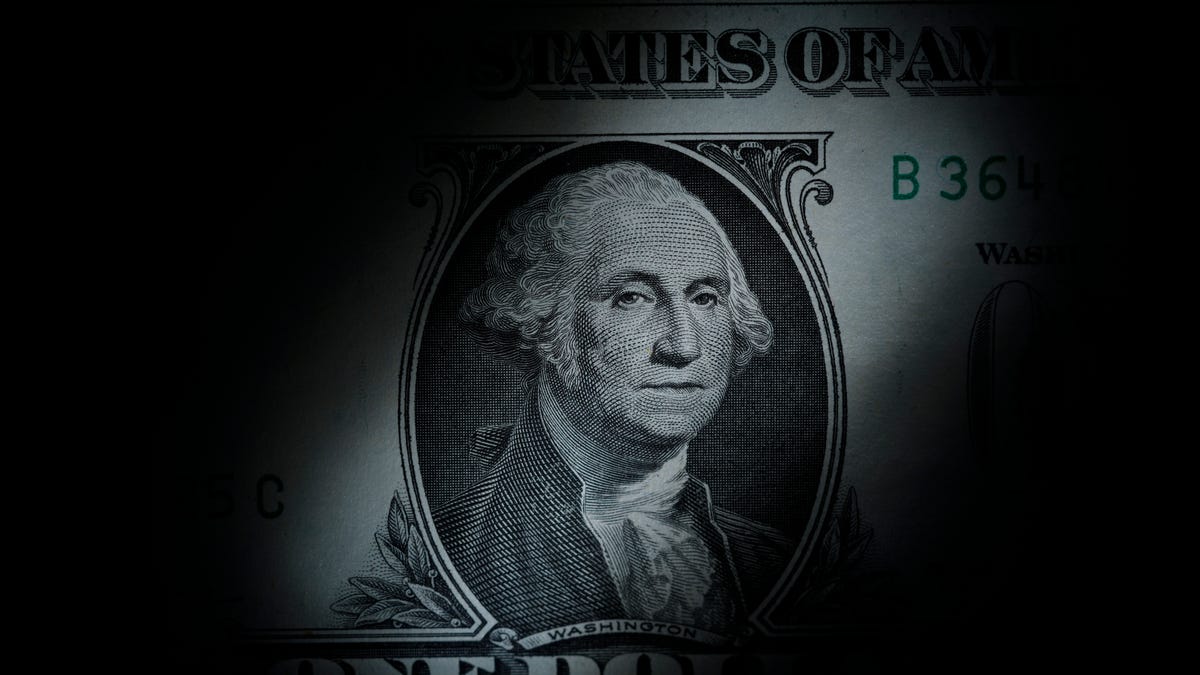Until recently, global reserve currencies did not have the means to dethrone the U.S. dollar. But that is changing thanks to the mounting $34 trillion U.S. government debt.
This exorbitant amount accounts for more than 122% of the nation’s GDP. All the while, Washington’s unabated spending sprees continue to deepen our budget deficits and saddle future generations with crushing debt.
Despite the Constitution’s 14th Amendment requiring the federal government repay its debt, unrestrained fiscal and monetary policies curtail Washington’s ability to meet its financial obligations. On top of our nation’s debt are unfunded liabilities (i.e., future entitlement spending on Social Security, Medicare, and Medicaid) totaling $123 trillion.
Our traditional method of raising the debt ceiling in the eleventh-hour without meaningful spending cuts makes our economy vulnerable to domestic and global shocks.
Additionally, if the world loses faith in a debased U.S. dollar resulting from quantitative easing, it will no longer be the world’s most trusted global currency, reducing Washington’s leverage over domestic and foreign policies. As we drift away from an American-led world to a multipolar one, the U.S. government has weaponized the dollar in the form of sanctions of first resort against countries and those whose interests run counter to Washington’s.
In response to the sanctions, trading blocs including the BRICs (Brazil, Russia, India, and China) and nations in the Global South are giving thoughtful consideration to forming currency unions similar to the European Union to evade America’s financial hegemony.
Cryptocurrencies and central banks creating digital currencies as alternatives to the American dollar cannot be discounted. These strategies will enable other countries to reduce dependence on the Society for Worldwide Interbank Financial Telecommunication (SWIFT) that governs cross-border monetary transactions. Rendering these factors to data, the dollar has indeed lost some of its luster as only 58% of international payments today are dollar based, down from 73% more than twenty years ago.
Last August, Fitch, a ratings agency, downgraded the U.S. credit rating from AAA to AA+. This was blamed largely on a “steady deterioration” of American governance and its Beltway deficiencies. Citing political polarization in Congress, Moody’s, another ratings agency, later lowered our nation’s credit ratings outlook from “stable” to “negative.”
But the modern monetary theory (MMT) suggests that national debts do not matter because we can simply inflate our way out of them, which neglects the true nature of a market economy. Ever since President Richard Nixon took the dollar off the gold standard in favor of floating exchange rates, U.S. currency has been reduced to fiat money subject to high inflation, volatile interest rates and debasement of its value.
Tax reform, an overhaul of entitlements and practical discretionary spending will get our nation closer to where it needs to be.
The erosion of the trust and faith once placed in the dollar and the institutions designed to support it are quickly earning a vote of no confidence worldwide.
How could this have possibly happened?
A character in Ernest Hemingway’s novel “The Sun Also Rises” was asked how he went bankrupt. “Two ways,” he replied, “Gradually, then suddenly.” This is similar to the state of our nation’s fiscal and monetary woes.
Noel Nevshehir is director of International Business Services and Global Strategic Partnerships at Automation Alley.
